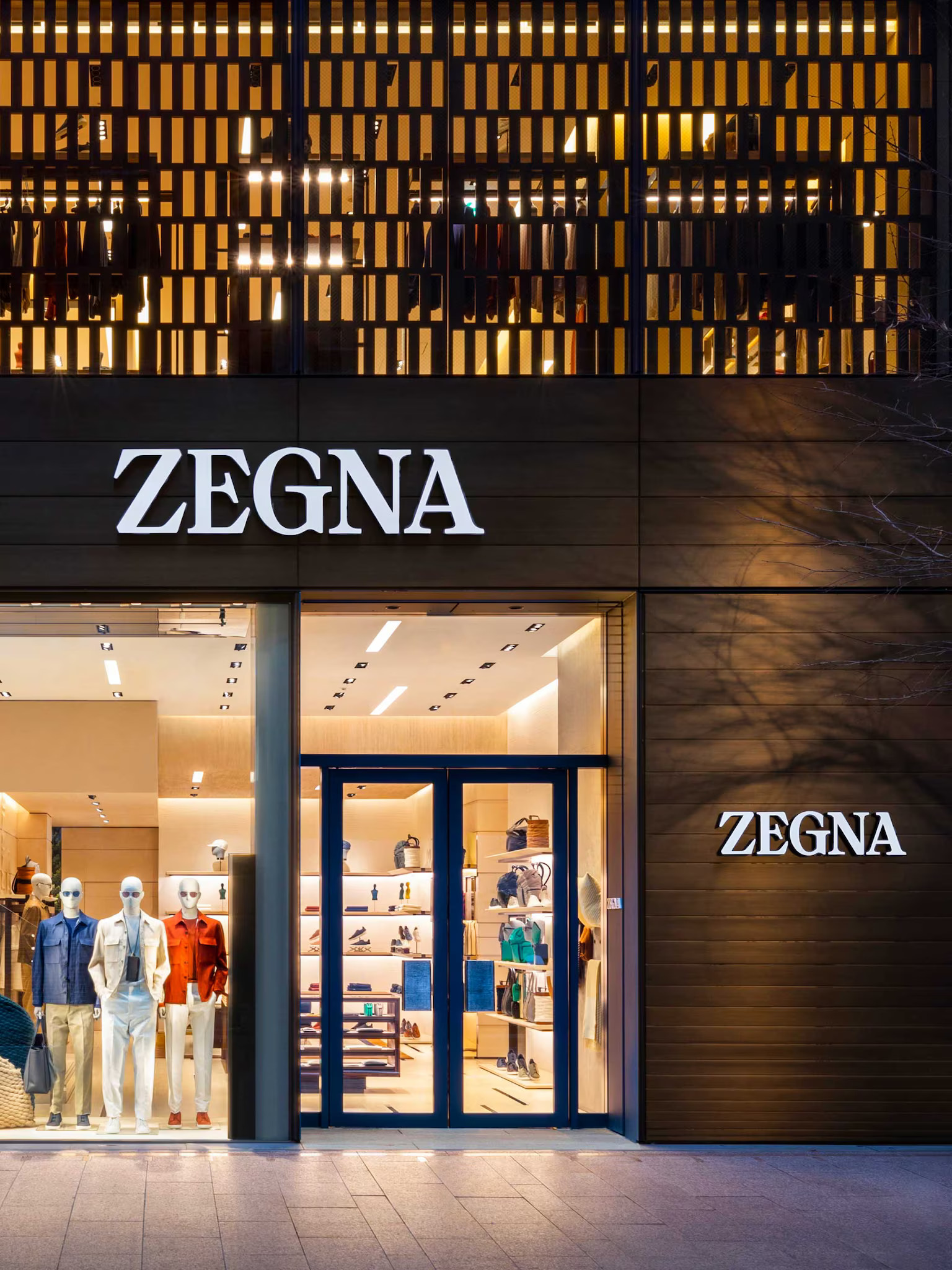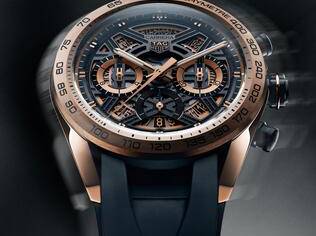Temasek, a global investment firm with a S$434 billion portfolio, has made a strategic entry into the luxury market with a 10% stake in the Ermenegildo Zegna Group. While the US$126.4 million investment is relatively small in the context of its massive fund, it signals a calculated bet on two major trends: the rise of quiet luxury and the continued expansion of high-end brands in Asia. This move positions Temasek to partner with a heritage brand that is uniquely equipped with a vertically integrated supply chain and a significant retail footprint to capitalize on this evolving consumer landscape.
By Kien Lee | Managing Director of SENATUS
Temasek’s announcement of a 10% stake in the Ermenegildo Zegna Group, representing an investment of approximately US$126.4 million, warrants a closer look.While this stake may seem modest for a sovereign wealth fund like Temasek, it is a highly targeted strategic play. For context, Temasek’s net portfolio value stood at S$434 billion (approximately US$320 billion) as of March 31, 2025. In the grand scheme of such a vast global portfolio, a $126.4 million investment is a calculated, rather than a blockbuster, bet. This investment is not merely a play on premium suiting, but a calculated entry into the broader, and increasingly influential, trend of quiet luxury—a subtle, understated indulgence exemplified by brands like Loro Piana and Brunello Cucinelli.
The rise of quiet luxury marks a notable shift in the consumer habits of the affluent. Rather than showcasing wealth through conspicuous logos and flashy branding, this demographic is increasingly prioritizing premium materials, impeccable craftsmanship, and timeless silhouettes. It is a form of “stealth wealth” where value is signaled to those in the know, not broadcast to the public. For many, this aesthetic reflects a desire for authenticity and a rejection of fleeting trends. This movement is seen in the wardrobes of prominent figures like Amazon founder Jeff Bezos, who has been spotted in Loro Piana bomber jackets, and actor and producer Brad Pitt, known for his refined yet understated sartorial choices. Other notable personalities embracing this style include Meta CEO Mark Zuckerberg, who has traded his signature hoodies for high-end, logo-free pieces from brands like Brunello Cucinelli, and actress Gwyneth Paltrow, whose minimalist and high-quality courtroom attire during a highly publicized trial became a viral example of the trend.
Zegna’s 2024 revenue of roughly €1.95 billion (approximately $2.3 billion) solidifies its position in luxury menswear. Temasek's scale of entry, however, suggests a long-term alignment rather than an attempt at control. The fund appears to be betting on Zegna's strategic decision to expand its offerings to capture the burgeoning high-end leisurewear segment, and on its vertically integrated "Filiera" infrastructure to fuel growth, particularly in the Asian market.
The "Filiera" is a unique, company-owned and controlled supply chain that Zegna has meticulously built over the years. Through a series of acquisitions of specialist Italian textile producers, the group has created a "Luxury Textile Laboratory Platform." This vertically integrated model, which includes everything from raw material selection to the final finishing process, ensures superior excellence and quality. It is this in-house expertise in producing the finest fabrics—from the Zegna Wool Mill founded in 1910 to specialized silk and cashmere producers—that provides Zegna with a competitive advantage and the ability to maintain the high standards required for quiet luxury products.
Why Zegna over Loro Piana or Brunello Cucinelli?
To understand Temasek's rationale, one must compare Zegna with its peers in the quiet luxury niche.
Brunello Cucinelli reported €1.28 billion in revenue in 2024, a 12.4% year-on-year increase, and projects approximately 10% annual growth through 2026. The brand's pricing power and strong momentum in the ultra-high-net-worth segment are widely recognized.
Loro Piana, now majority-owned by LVMH, is estimated to have reached around €1 billion in revenue in 2019. It has cultivated a strong reputation for unbranded elegance in cashmere and other premium fabrics, firmly establishing itself in the stealth-wealth category. While its financials are less transparent since its integration into LVMH, its position in this market is undisputed.
Temasek's selection of Zegna appears deliberate. Zegna effectively bridges the gap between classic tailoring and aspirational leisurewear, all while maintaining control over its in-house fabric production.

Comparing Retail Footprints in Asia
A key element of Zegna’s growth strategy, and a major factor in Temasek's investment, is its physical and digital presence in Asia. Zegna has a significant retail footprint across the region, operating a network of standalone stores and leveraging wholesale and franchise placements. This extensive presence provides a strong foundation for further expansion, a goal Temasek’s partnership is designed to accelerate.
In contrast, while Loro Piana and Brunello Cucinelli are also expanding in the region, their retail footprints are structured differently. Based on publicly available data, a detailed breakdown reveals:
- Zegna: Possesses a robust network of standalone stores across key markets like mainland China, Japan, South Korea, Singapore, and Hong Kong. The company has a substantial existing footprint that provides a strong base for further growth.
- Brunello Cucinelli: Has a more controlled, boutique-focused approach, with around 13 monobrand stores in Asia as of late 2024. Its expansion is strategic and gradual, focusing on high-end locations in key cities.
- Loro Piana: As an LVMH subsidiary, it has a very strong presence, with a significant number of stores across China, Japan, South Korea, and other major Asian markets. Its store locator reveals a particularly dense network in major cities.
Zegna’s existing retail network, combined with its heritage in both tailoring and fabric production, offers a unique opportunity for Temasek to help shape a cohesive and scalable luxury platform for the Asian market, particularly in underserved regions and second-tier cities in China, and Southeast Asia. The investment is designed to leverage and build upon this pre-existing infrastructure.
The Question of Availability
The alternative investments of Loro Piana and Brunello Cucinelli were likely not available under the same terms:
- Loro Piana is privately held within LVMH, making an external equity stake a complex proposition that would require parent-level structuring.
- Brunello Cucinelli is publicly listed, but its founder and associated trusts control approximately 57% of the company, limiting the potential for a meaningful external stake. Also, with a market cap likely in the low billions, a $100 million entry might seem too small to meaningfully influence—though feasible, it would need scale.
The Strategic Implications of the Deal
This deal, while a small initial stake relative to Temasek's total assets, is significant enough to grant it influence. The appointment of Temasek’s Nagi Hamiyeh to the Zegna board signals a deeper level of engagement.
The investment capitalizes on the quiet luxury trend, which has demonstrated resilience and growth even as some logo-heavy luxury brands have struggled. Brunello Cucinelli’s consistent performance stands in contrast to the recent revenue declines seen in some other luxury fashion segments.
Ultimately, this move signals Temasek's confidence not only in Zegna’s heritage but also in the brand’s strategic shift toward premium leisurewear, Asia-focused expansion, and its appeal to ultra-high-net-worth clientele through high-margin cashmere fabrics and other offerings.
In conclusion, Temasek's $126 million investment in Zegna is not a headline-grabbing transaction but a calculated strategic entry. It represents a bet less on traditional tailoring and more on the rising tide of quiet luxury, Zegna's potential for expansion in Asia, and its integrated high-end fashion platform.
While Zegna may not yet be a pure-play quiet luxury brand like Loro Piana or Cucinelli, its investability and potential for shaping its global growth make it a compelling choice for Temasek.











